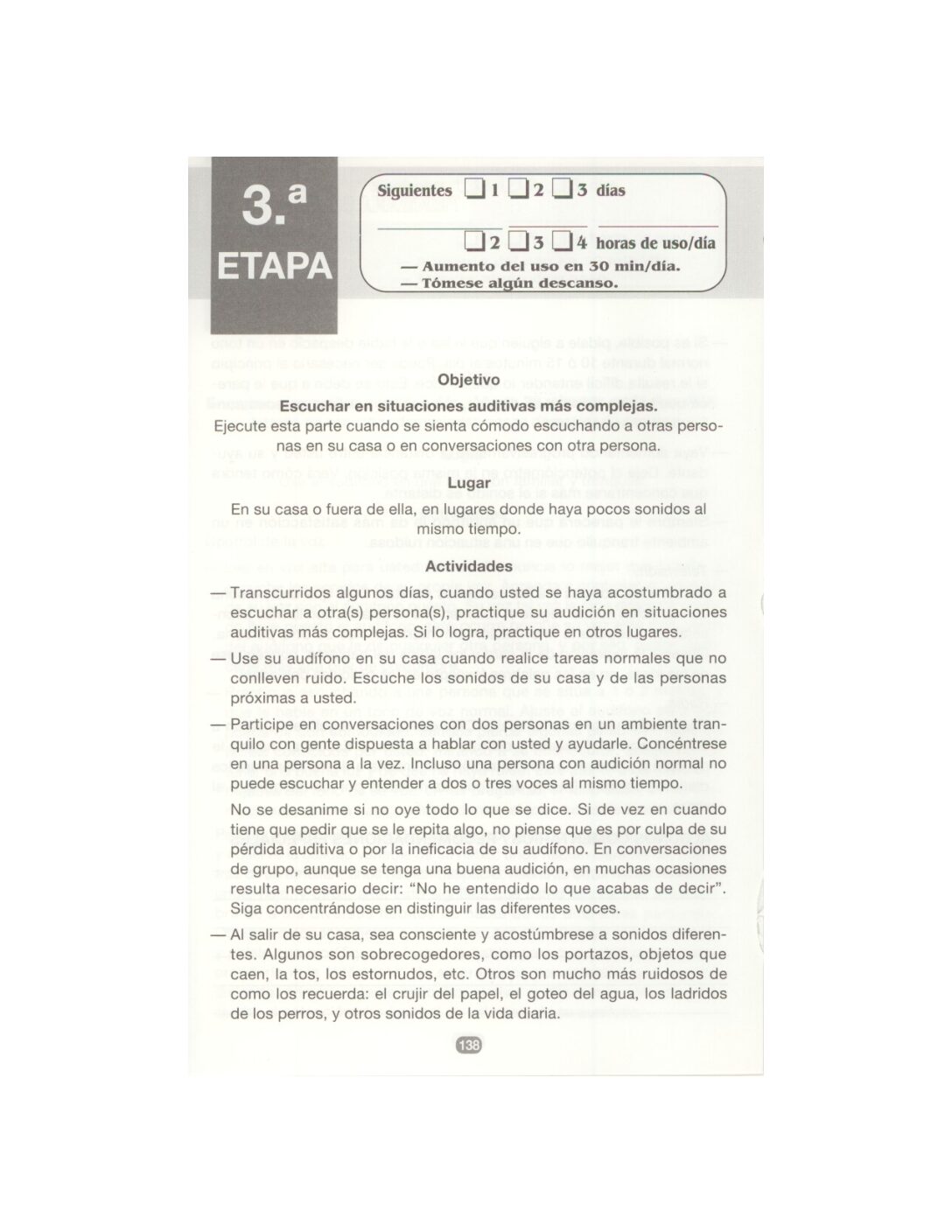Everyone who works with children with hearing loss is aware that children with hearing loss come home from school more tired then their peers. Unfortunately, we do not always pay enough attention to this fact. Why are they more tired? What causes it? What effect can it have on academics? What can we do about it?
Bess, Gustafson, and Hornsby did a study which was published in the Journal of Educational Audiology in 2014 which evaluated some of these issues. Fatigue is common among people with disabilities. Fatigue in adults impacts work performance. Fatigue in children is associated with reduced academic performance, increased absences, and increased stress to name a few.
What is fatigue?
Fatigue is both a symptom and a disease. Fatigue has both physical and cognitive domains. It is often described as tiredness, exhaustion and/or lack of energy. For children with hearing loss, the primary symptom is cognitive fatigue from listening to teachers and peers in competing noise.
Research has demonstrated a link between listening in competing noise and stress. While some stress is good because it teaches coping skills, too much stress can result in a disruption of performance as well as physiological changes in blood pressure and hormone levels.
Listening Effort
The exertion of mental energy used to pay attention and understand spoken language is described as listening effort. The amount of listening effort depends on how much work listening is for a child.
Many things effect listening effort – degree of hearing loss, how well technology is programmed, noise in the room, how tired the child was when the day started, difficulty or newness of the information being presented.
Children with hearing loss appear to need to expend more energy to listen and learn. The more noisy the classroom, the more energy is required. Increased listening effort results in reduced processing capabilities which might otherwise be used for memory recall or other activities. Even if the signal has been made clear, children with hearing loss still need to invest more cognitive resources to detect, process and understand speech than peers with normal hearing. Eventually, keeping up becomes difficult.
Children with Hearing Loss: Recognizing and Managing Fatigue
Lots of people have responsibility for identifying fatigue. Once recognized, a number of different people need to be involved in management.
First, teachers need to understand the effect of hearing loss on learning and need to recognize when a child might be demonstrating listening fatigue. Families and children need to be educated about the effects of listening fatigue so they can be alert and ask for a break when needed. The school day has to have listening breaks scheduled into the day when active listening is not so critical. Lunch does not count as a listening break. Although lunch may not be a time where academic information is presented, it is definitely an important time for communication between the child with hearing loss and other students.
Hearing Aids and Technology
The better a child hears, less fatigue a child with have. Is technology set appropriately? Are children hearing in the speech string bean (at the top of the speech banana)? What are speech perception scores? The better the speech perception, the more a child will hear. The more she hears, the more she understands.
Advanced signal processing in hearing technology should be used as appropriate. Children who can handle it (who can understand that they need to face the talker) should have directional microphones activated. Digital noise reduction should be activated to eliminate the negative impact of background noise.
Every child (and most adults) with hearing loss will benefit from remote microphone systems. Children, families and teachers need to understand why these are important and how to use them.
I did a school visit a few weeks ago and teachers were complaining that the student did not seem to hear better with the FM system. I listened to it and I did not hear better with it either. All I heard was static. No one was checking the system every day. We got it repaired and, lo and behold, now he likes it and teachers see a difference.
Classroom strategies
Useful classroom strategies include
- Strategic seating with the student sitting about 1/3 of the way back in the classroom and over to one side, with the ability to change seats as needed to hear and see
- Slowing the pace of the lesson to allow for additional processing time
- Working in small groups
- Shorter lessons when possible
- Listening breads when listening is not required
- Reducing classroom noise by closing windows and doors, turning off noisy things in the classroom, having only one person talk at a time.
What to do?
- Make sure technology is doing what it needs to do. Kids need to hear softly enough with hearing aids and cochlear implants so that they can hear soft speech. Advanced signal processing needs to be used appropriately
- Remote microphone systems are ABSOLUTELY ESSENTIAL for any child who is trying to listen and learn in a classroom.
- Educate classroom teachers about fatigue and hearing loss. Help them become sensitive to the effects of fatigue and to be able to identify it when present.
- Educate families and children about listening fatigue and help them understand what they can do about it.
- Be sure that children have “listening breaks” during the day when they can regroup and get ready to listen and learn again.
Photo Note: The classroom photo is from Callahan, Samantha. preschoollearning11.jpg. 2013. Pics4Learning. 23 Feb 2016 <https://pics.tech4learning.com>.







Hi, I have a “hearing loss” question… A person who has a hearing loss but either wears a hearing aid or has cochlear implant, are they referred to as Hearing impaired? or with hearing loss, of deaf?? They do not sign, but use spoken language.